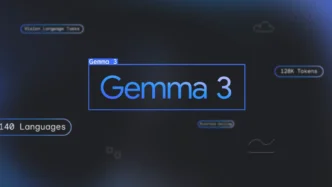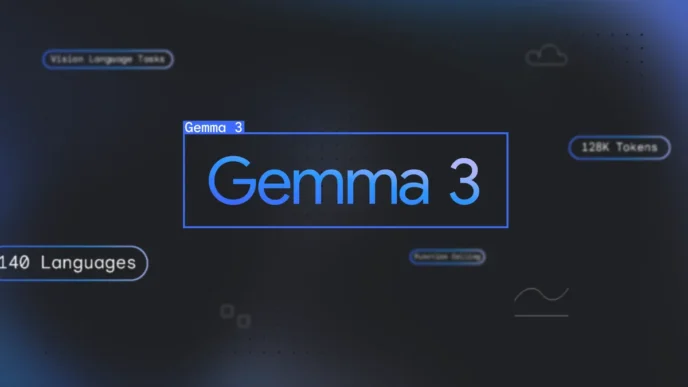Apple is gearing up to launch its long-awaited smart glasses by the end of 2026, marking a significant move in its growing AI strategy. After nearly a decade in development, the glasses are finally entering the final stretch. Insiders say Apple is now racing to meet production deadlines, with mass prototype manufacturing set to begin later this year through overseas partners.
This push into smart eyewear follows a clear shift from the mixed-reality Vision Pro, which debuted in 2024 but failed to capture a mainstream audience. High costs and niche use cases limited its appeal. Apple’s new smart glasses, however, are designed for everyday use—and everyday users.
Rather than attempting to wow with futuristic features, Apple’s glasses will look and feel more like traditional eyewear. Lightweight and stylish, they’ll offer practical AI features: voice calls, music streaming, hands-free photo and video capture, turn-by-turn navigation, and even live translation. All of this will be powered by an upgraded Siri as part of the company’s broader Apple Intelligence initiative.
A Rival to Meta’s Ray-Ban Smart Glasses
Apple’s smart glasses are positioned as a direct response to Meta’s Ray-Ban smart glasses, which have gained significant traction, with over a million units reportedly sold. Internally dubbed “N401,” Apple’s glasses are being treated as a top-priority project by CEO Tim Cook. The goal: match Meta’s features, then surpass them with Apple’s signature polish, ecosystem integration, and data privacy standards.
The device will include built-in cameras, microphones, and speakers. By capturing real-time contextual information, Apple’s glasses will offer AI-powered suggestions and smarter notifications. Importantly, they’ll rely heavily on Siri, which is set for a major overhaul that focuses on voice-based interaction and ambient intelligence.
Apple’s strategy is integration, not isolation. The glasses will offload processing to the iPhone to stay sleek and lightweight, while syncing seamlessly with other Apple devices like the Mac and iPad. This continuity gives Apple a strong advantage over rivals building standalone XR products.
Apple Watch Camera Plans Scrapped to Prioritize Glasses
As Apple doubles down on its wearable AI push, it has pulled the plug on a previously planned Apple Watch with a built-in camera. That device, once targeted for a 2027 release, has now been shelved, and resources are being redirected to accelerate the smart glasses project.
Under the hood, the glasses will run on a custom chip built on Apple Watch architecture, specifically designed to handle multiple sensors without draining battery life. Production of this chip is expected to scale in late 2026, likely with long-time partner TSMC.
But while Apple may be making headway on hardware, internal concerns remain about its AI software capabilities. Some engineers worry the company is lagging behind leaders like OpenAI and Google. That raises the stakes: if Siri’s upgrade doesn’t deliver, the smart glasses may fall flat—no matter how sleek the hardware is.
Can Apple Win on Privacy?
Privacy could become Apple’s biggest differentiator. As competitors like Meta face criticism over data collection, Apple has a chance to position its glasses as the safer, privacy-conscious alternative. But transparency will be key. The company will need to clearly communicate what the glasses record, how the data is used, and how users can stay in control.
The pressure is on. If Apple can execute on both design and functionality, the smart glasses could become a defining product in its next chapter—possibly rising to the cultural status of the Apple Watch. But with the 2026 launch window fast approaching, there’s little room for missteps.













